Warranty and Support Guide
1 Year Parts and Labor
1 Year Technical Telephone Support
24 Hours a Day, 7 Days a Week
Before contacting HP Customer Support Center, it’s important to have the
following information handy.
Please take a moment to write down your product information for future
reference.
Product Name: ______________________________________________________
Model Number: _____________________________________________________
System or
Product Number: ____________________________________________________
Serial Number: ______________________________________________________
Purchase Date: ______________________________________________________
Operating
System: ____________________________________________________________
Type and
Revision: ___________________________________________________________
Build-ID Number
(Press Ctrl-Alt-S): _____________________________________________________


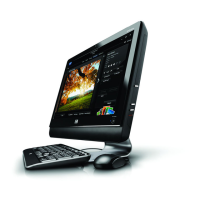
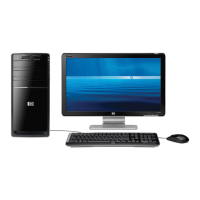

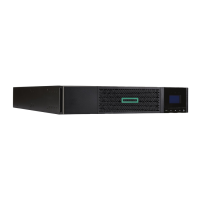





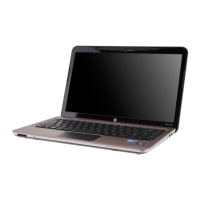
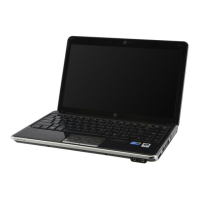
